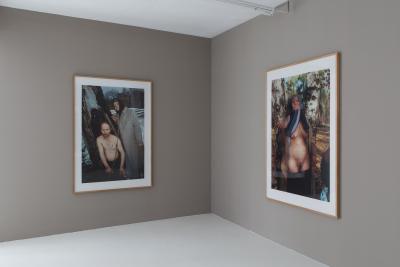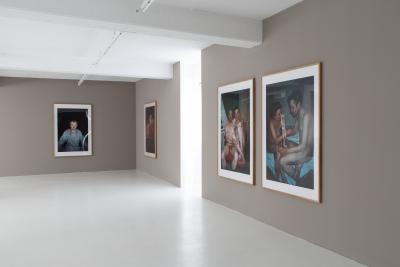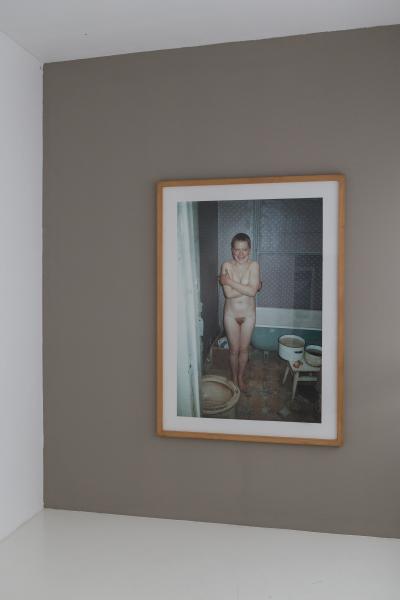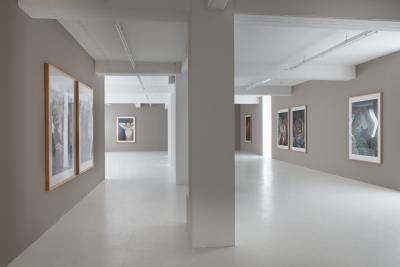Case History
Boris Mikhailov
05.09.2015 - 11.10.2015
On the ocassion of the awarding of the Goslarer Kaiserring 2015 to Boris Mikhailov the Philara collection presents selected pieces of Case History. This series was made during 1997-1998 and shows in 413 parts intimate portraits of the mileu of Ukrainian homeless people.
Etymologically the title Case History refers to the medical progression of a disease. However, case history resonates with the term case study, describing the analysis of individual phenomena, from which general principles are deduced.
Boris Mikhailov had returned from his DAAD-residency in Berlin to his hometown Charkov, Ukraine, where he then created Case History. In Charkov he faced the consequences of the breakdown of the Soviet Union. Changes of society and a lack of social structures had caused a new demographical group: the so called „BOMJI“ (i.e. homeless people). Boris Mikhailov portrays them in their peripheral existence; in run-down rooms, on the streets and on snow-covered fields. Contrary to it's title, Case History, the series doesn't follow the misery of a scientific chronology, but rather Mikhailov interferes in his model's enactments. Due to this fact, the portraits oscillates between natural and artifical poses. Some of the poses shown in these very portraits are quotations from art history, others are repetions of natural gestures or snapshots. By means of this, the portraits diverge between drastic helplessness on the one hand, and a bizarre happiness on the other. This ambivalence turns them into bittersweet metaphors of human existence.
Mikhailov 's work often focuses on nudity, which was prohibited in the staged propaganda-images of the UdSSR.
In Case History, Boris Mikhailov outlines the symptoms of a cultural neurosis. The indiviual's countenances faces constitutions of a social transformation which reveal an utopia fallen into decay.

Boris Mikhailov
Courtesy the artist & Philara Collection
Foto: Maria Litwa

Boris Mikhailov
Courtesy the artist & Philara Collection
Foto: Maria Litwa

Boris Mikhailov
C-Print
Courtesy the artist & Philara Collection
Foto: Maria Litwa

Boris Mikhailov
Courtesy the artist & Philara Collection
Foto: Maria Litwa